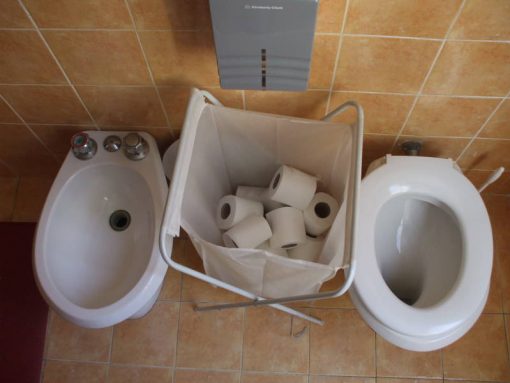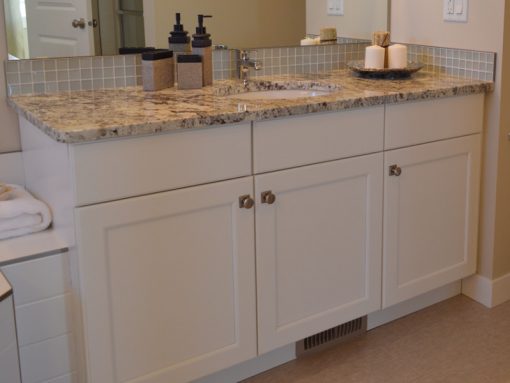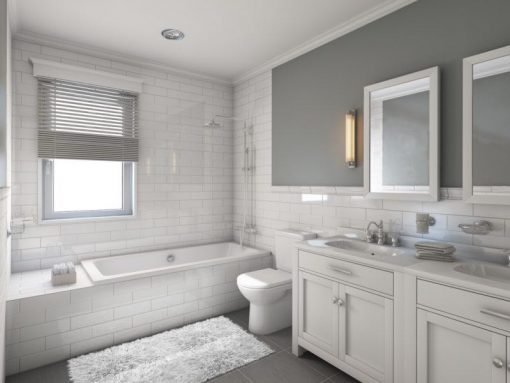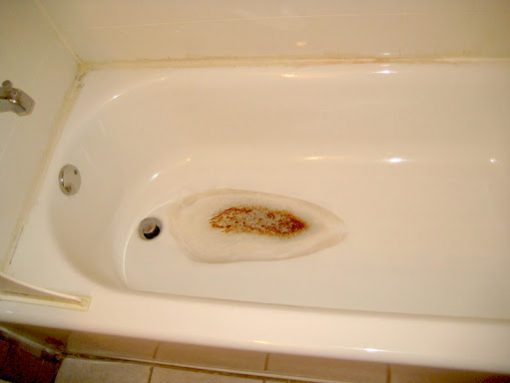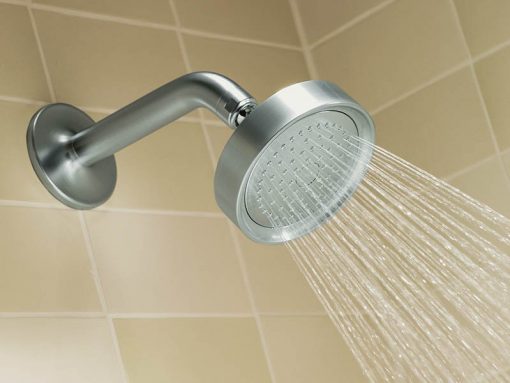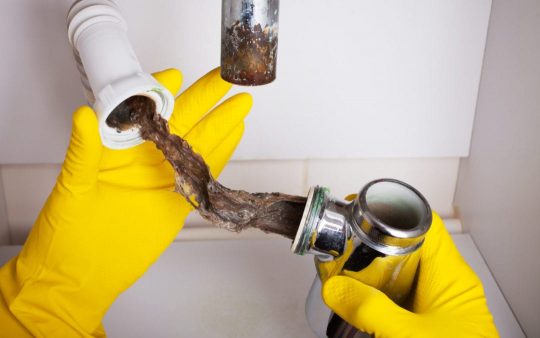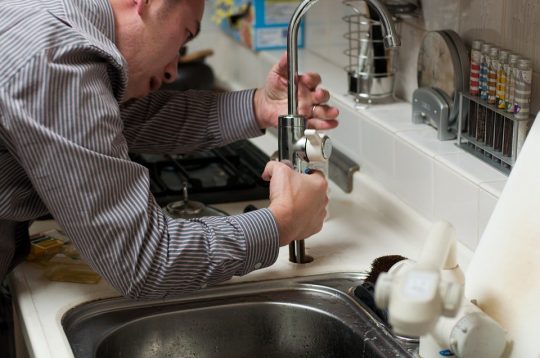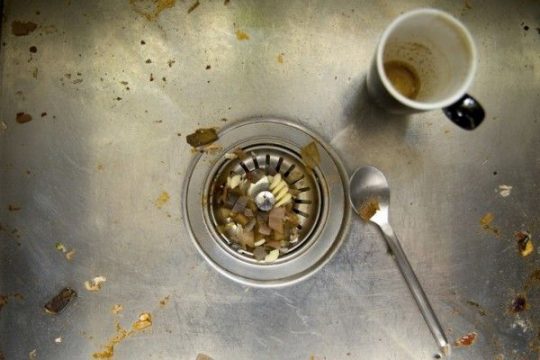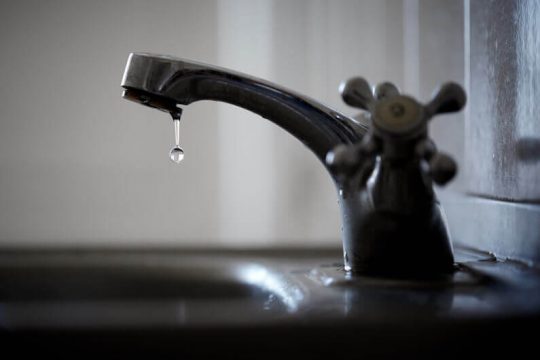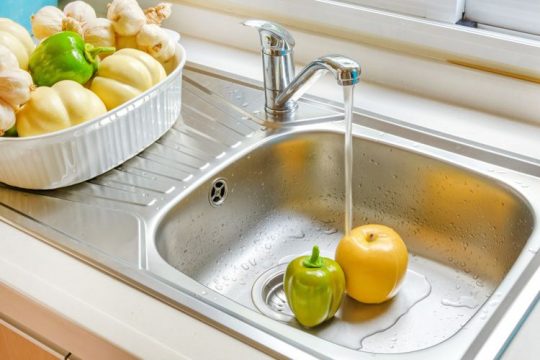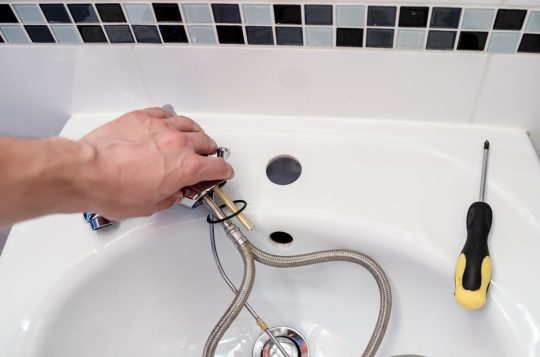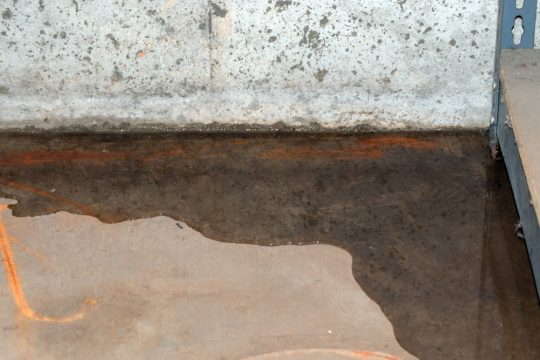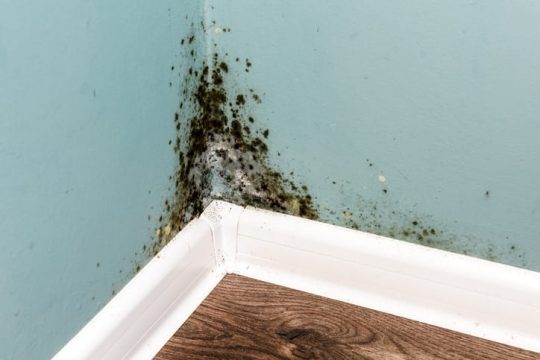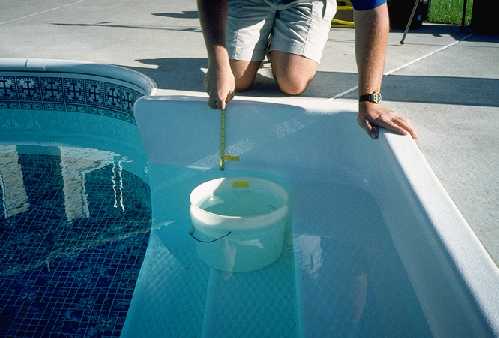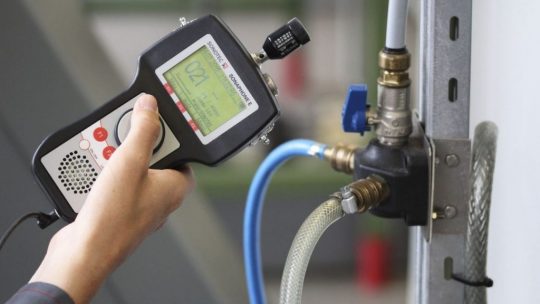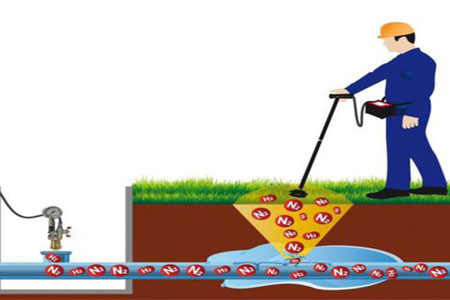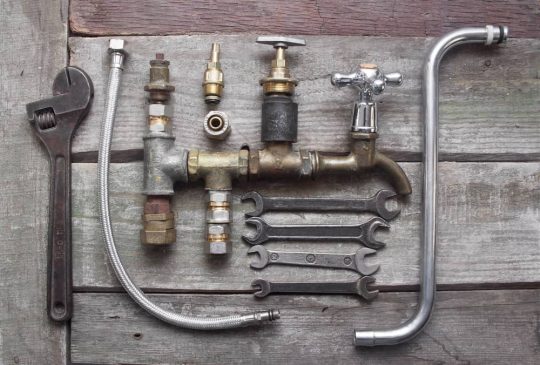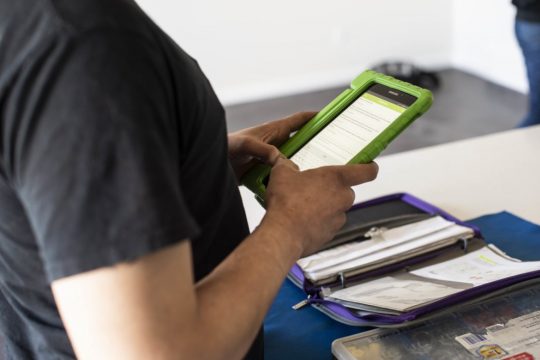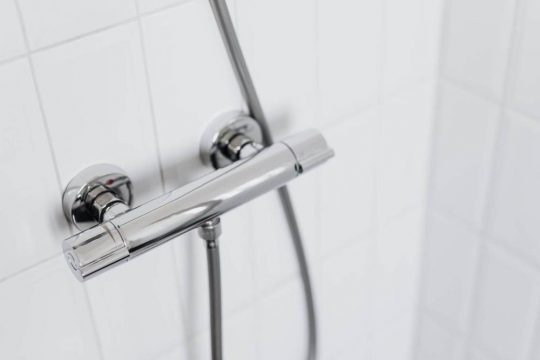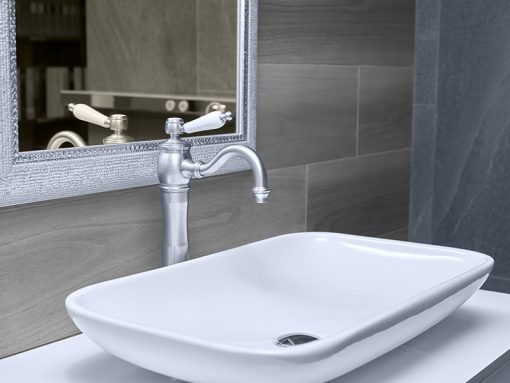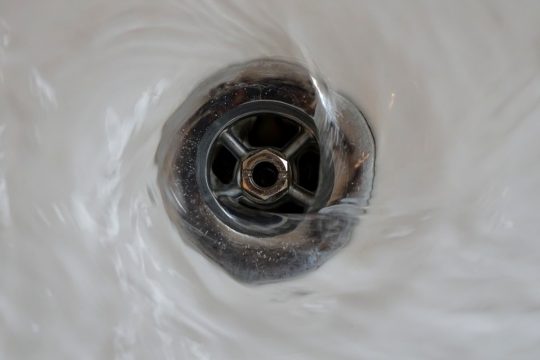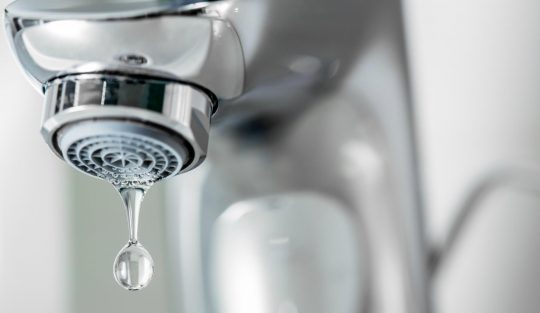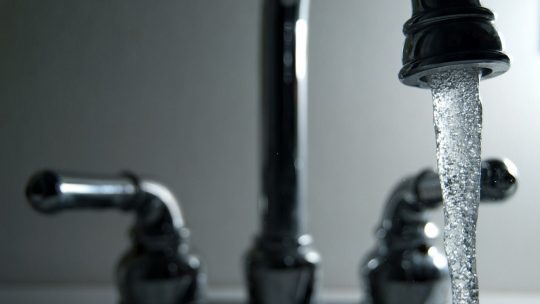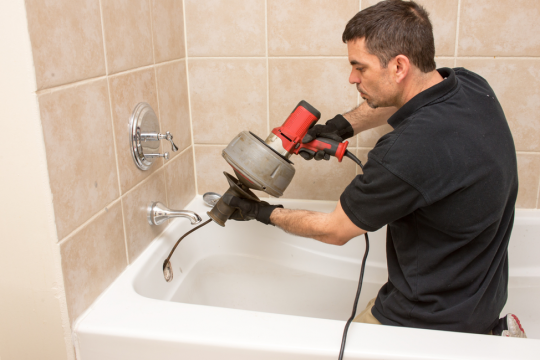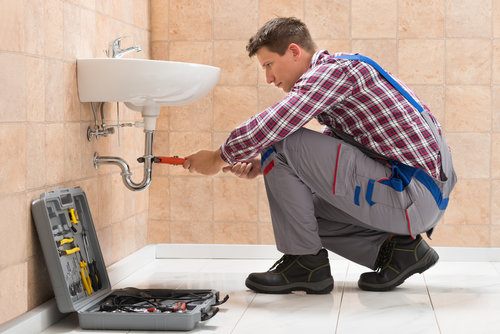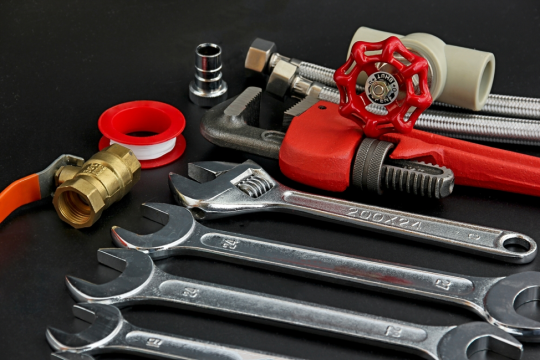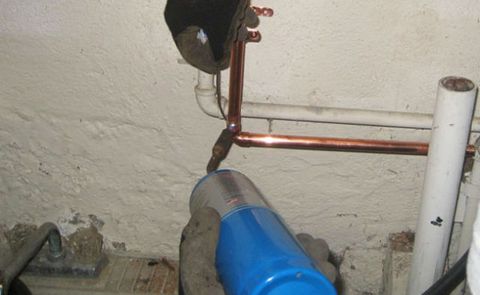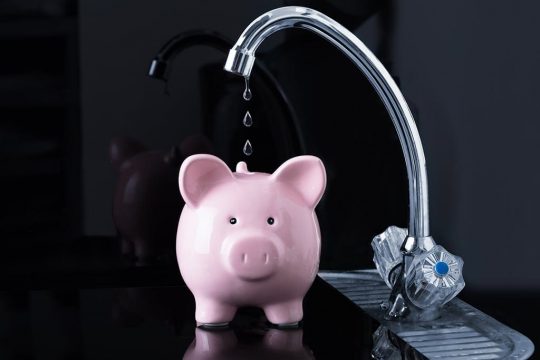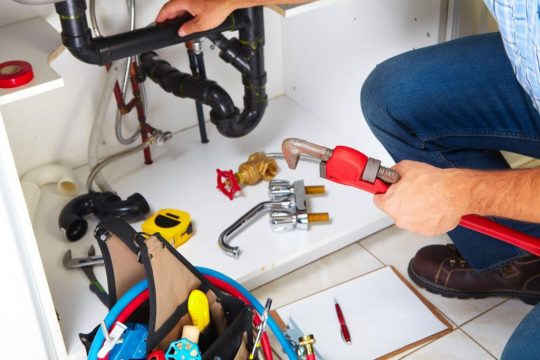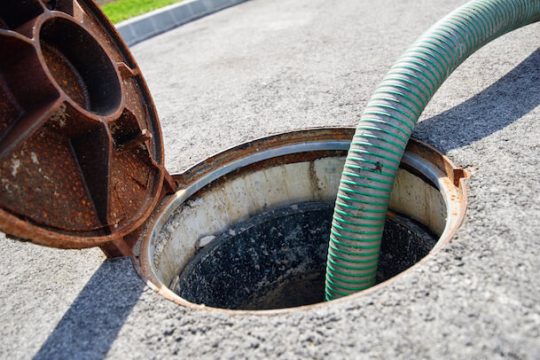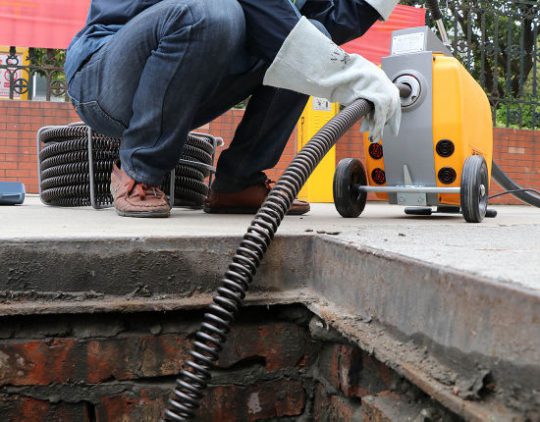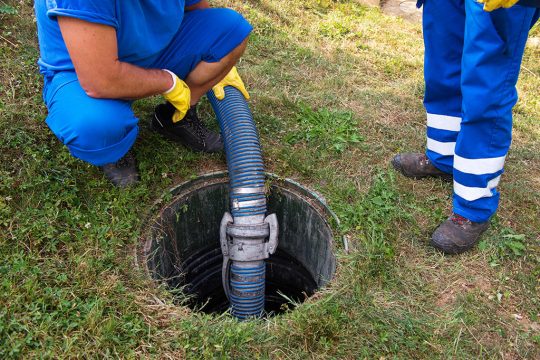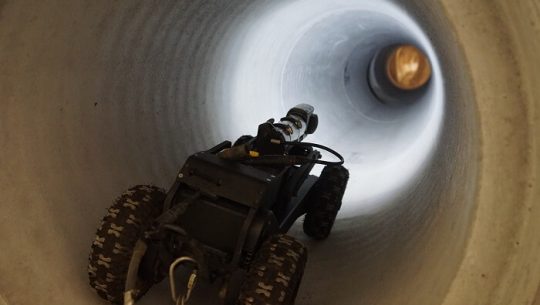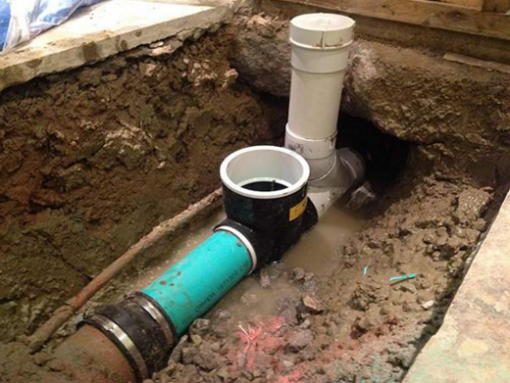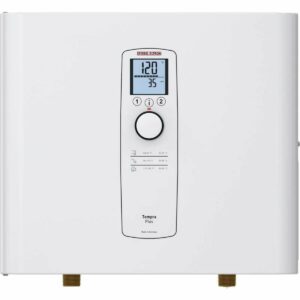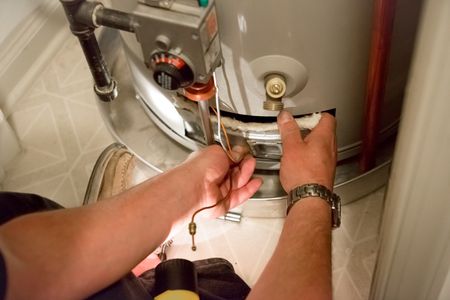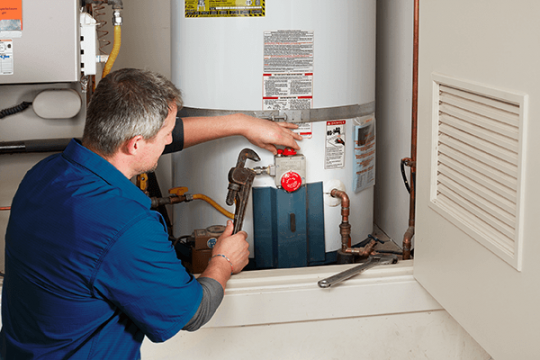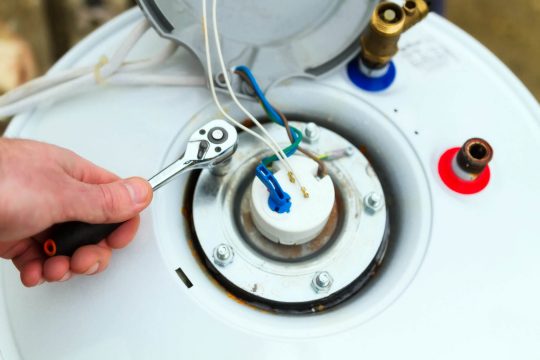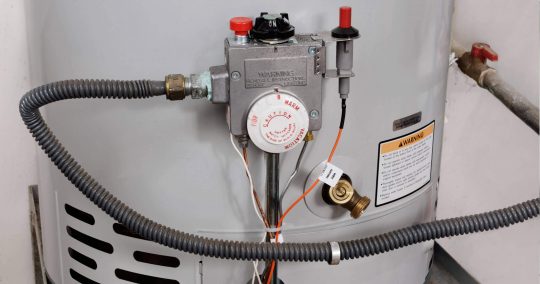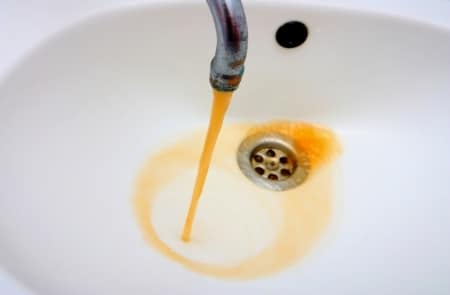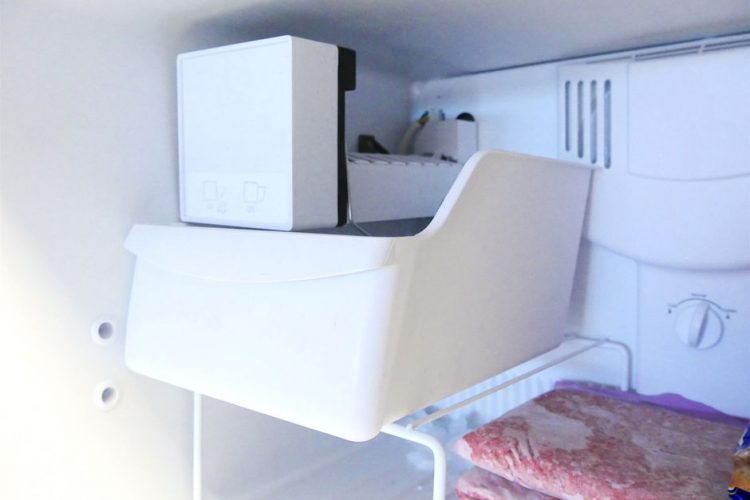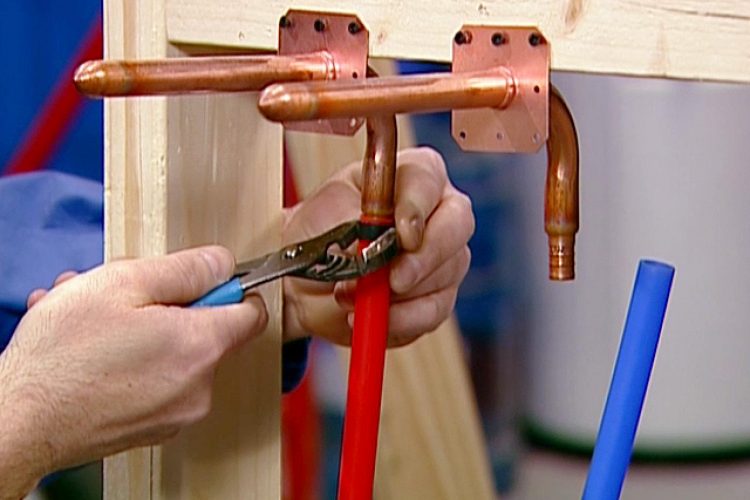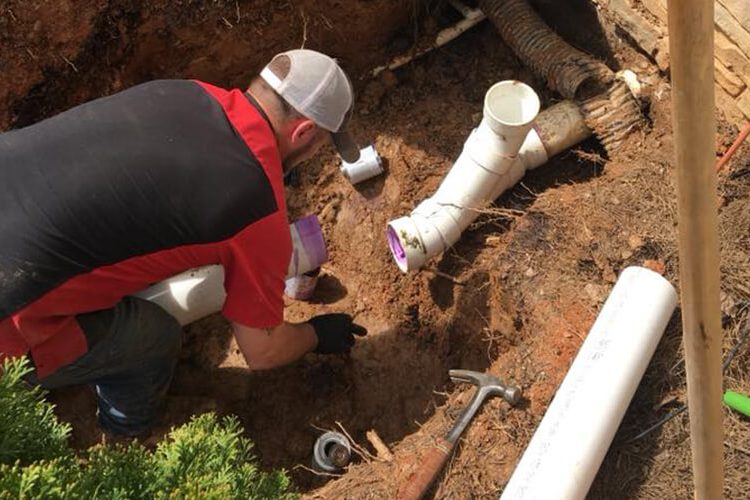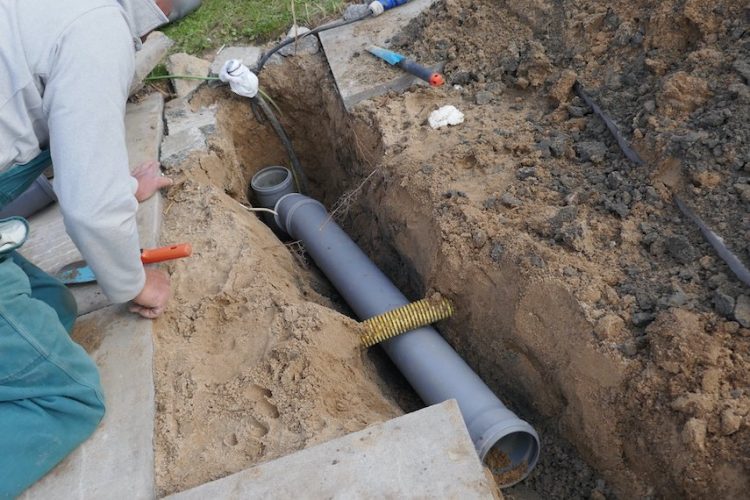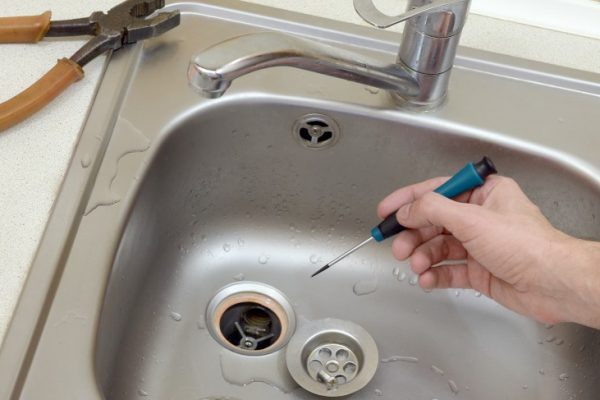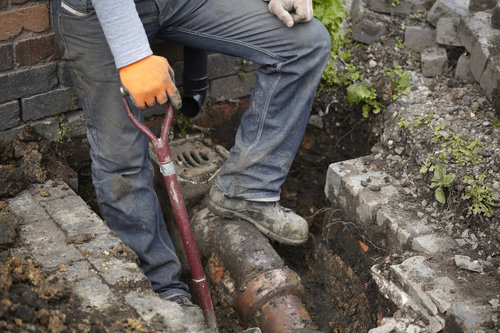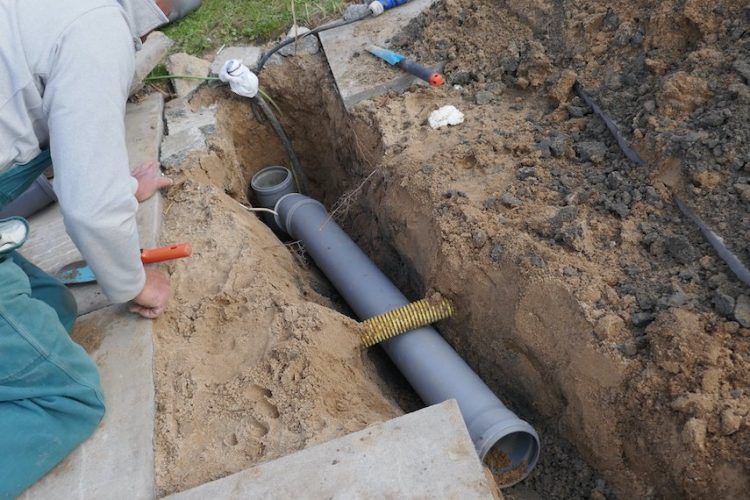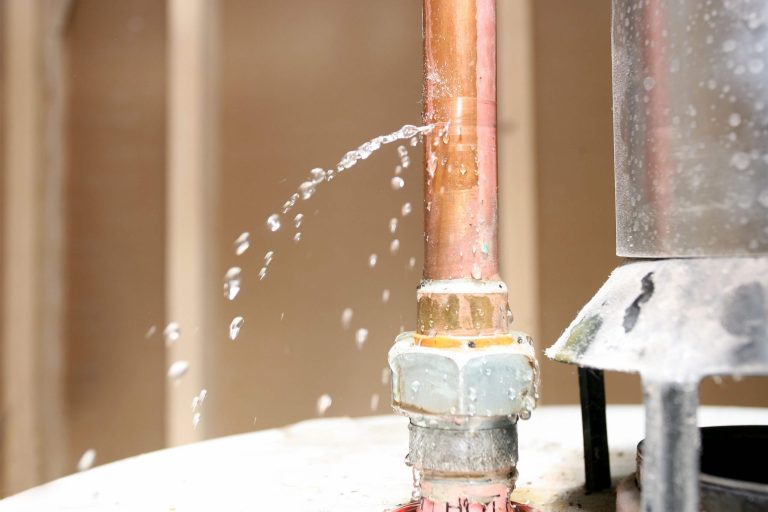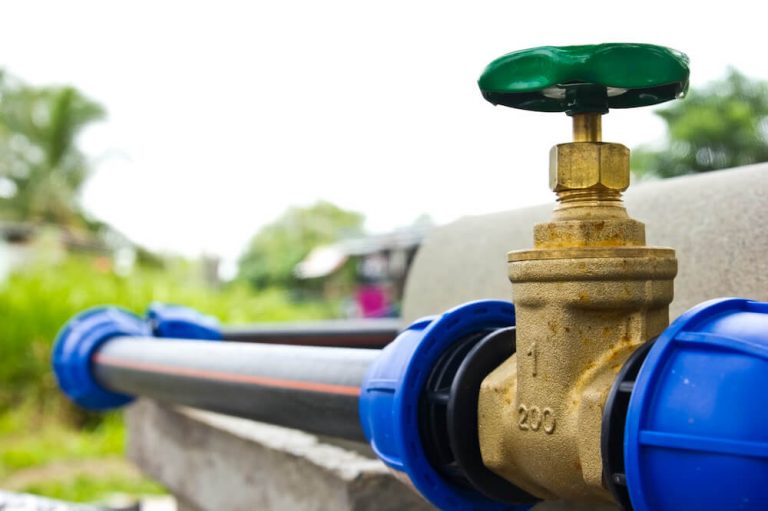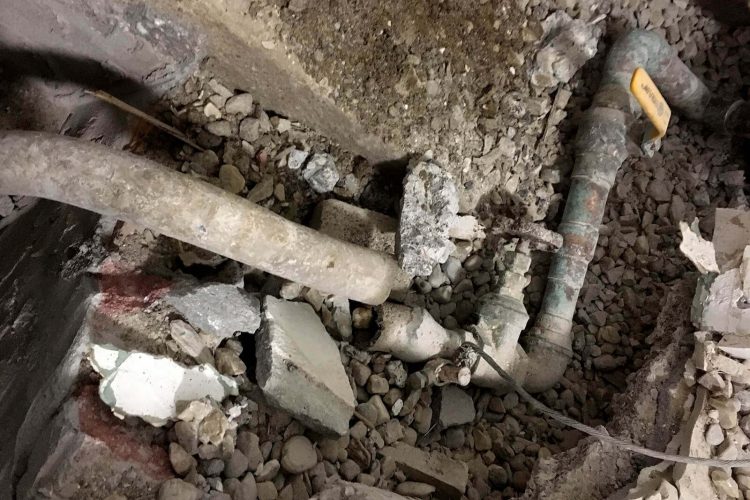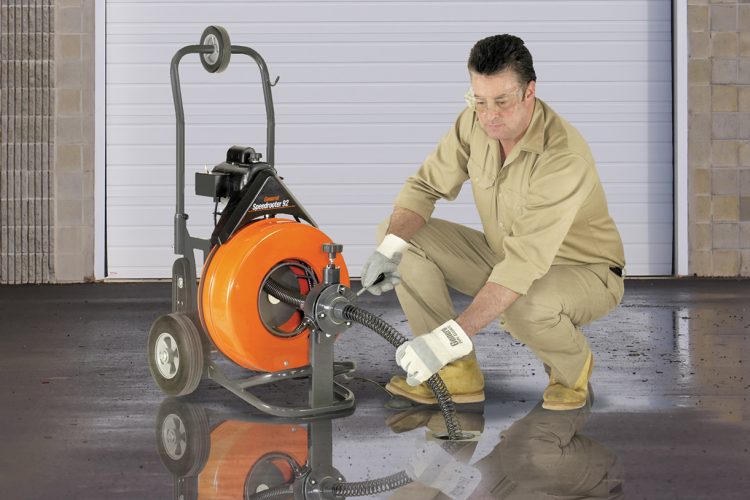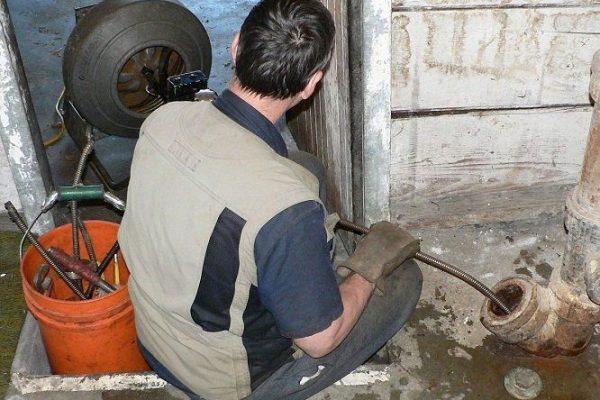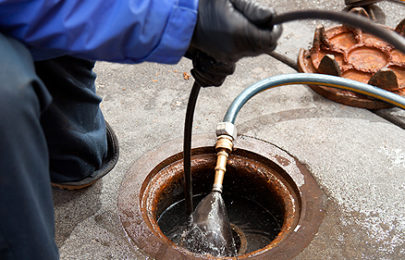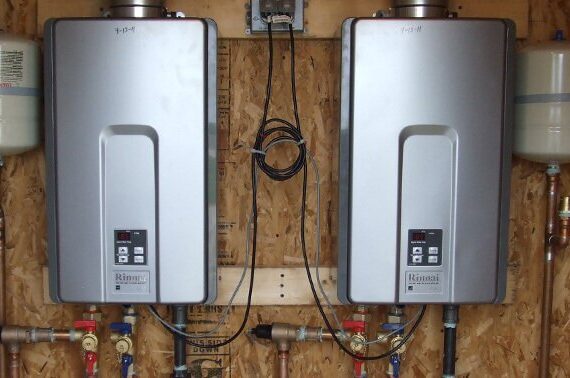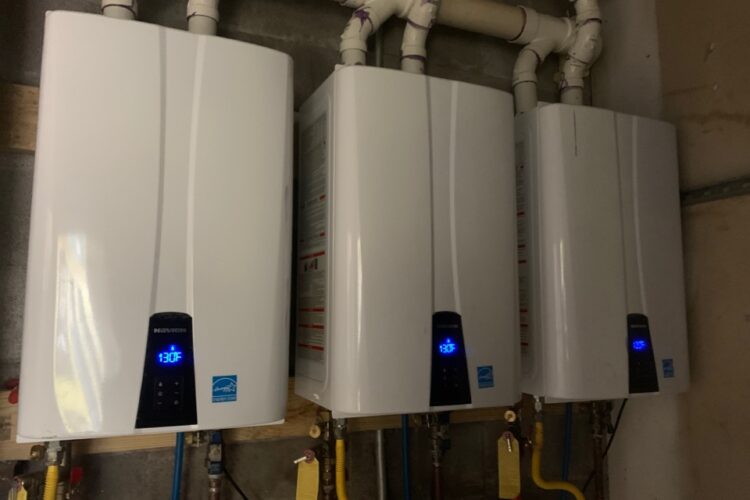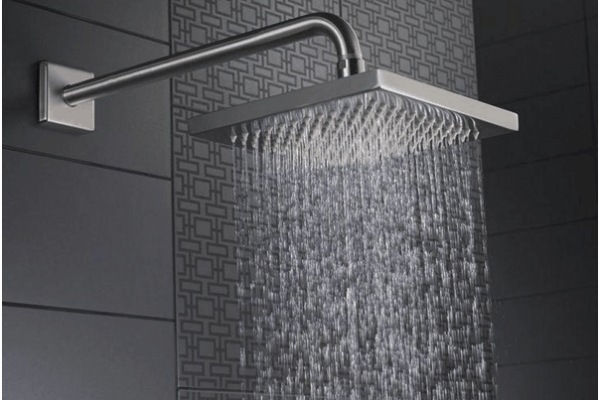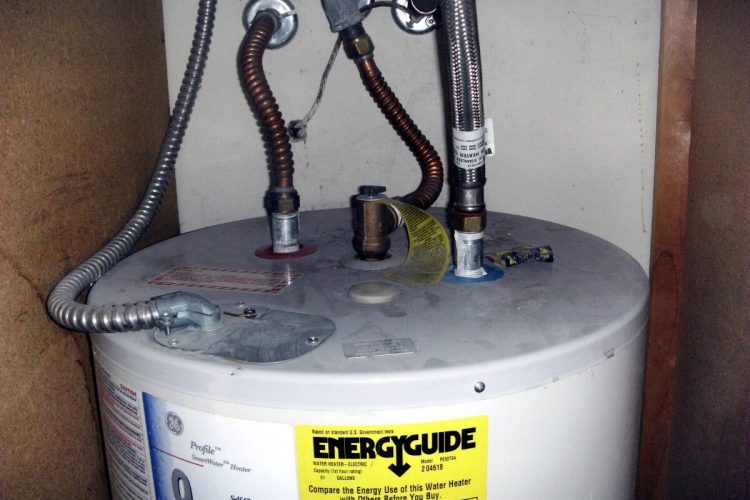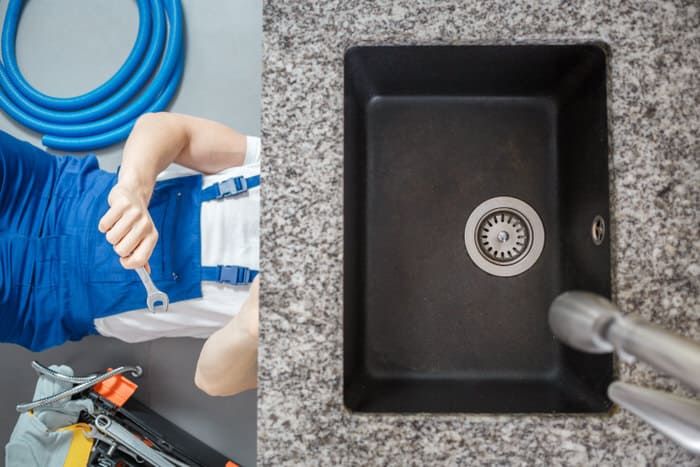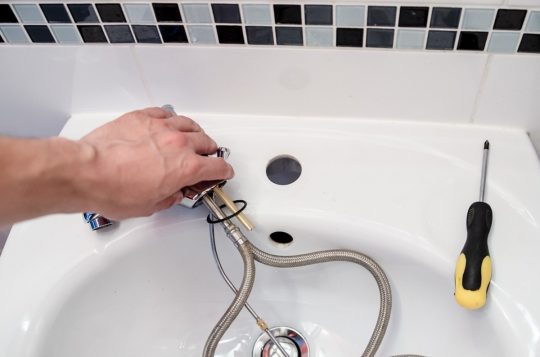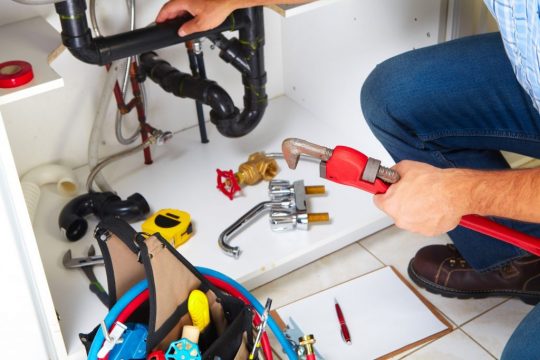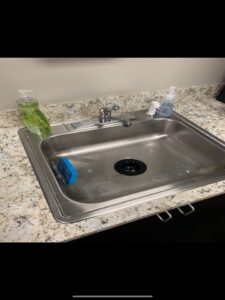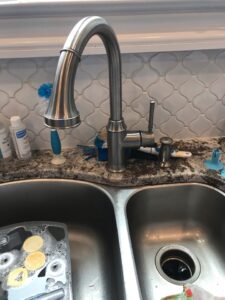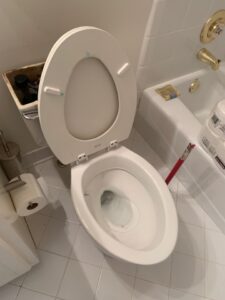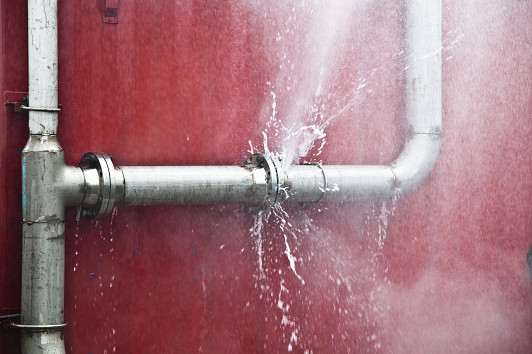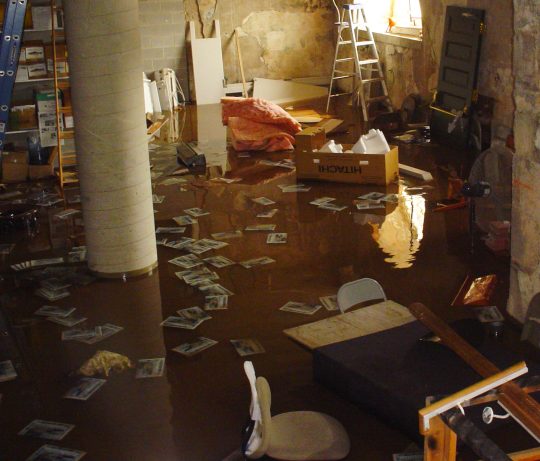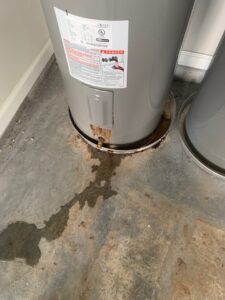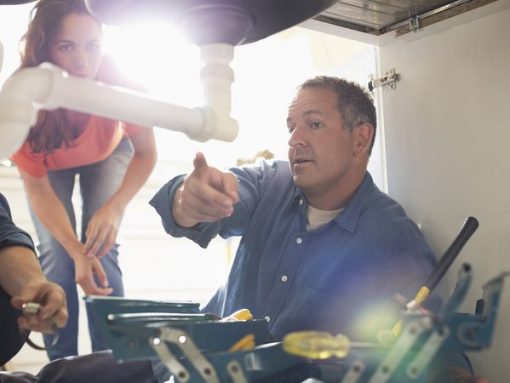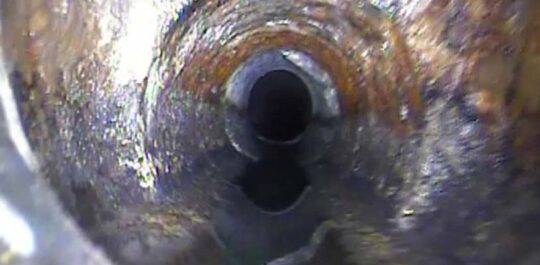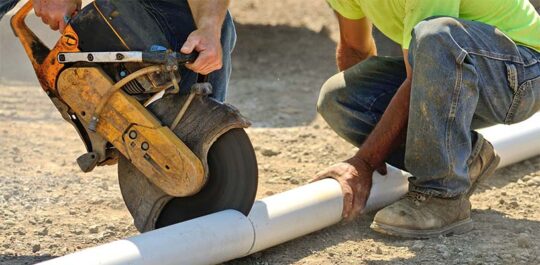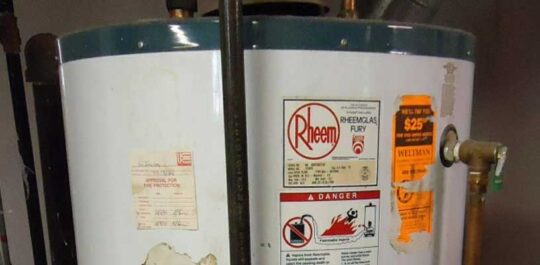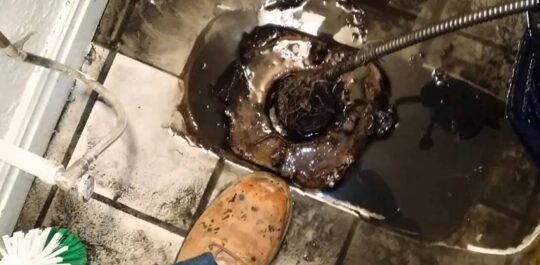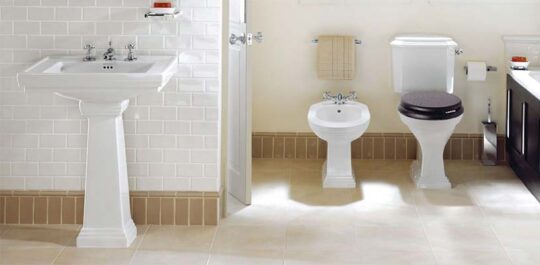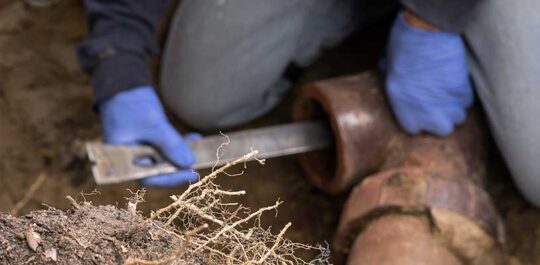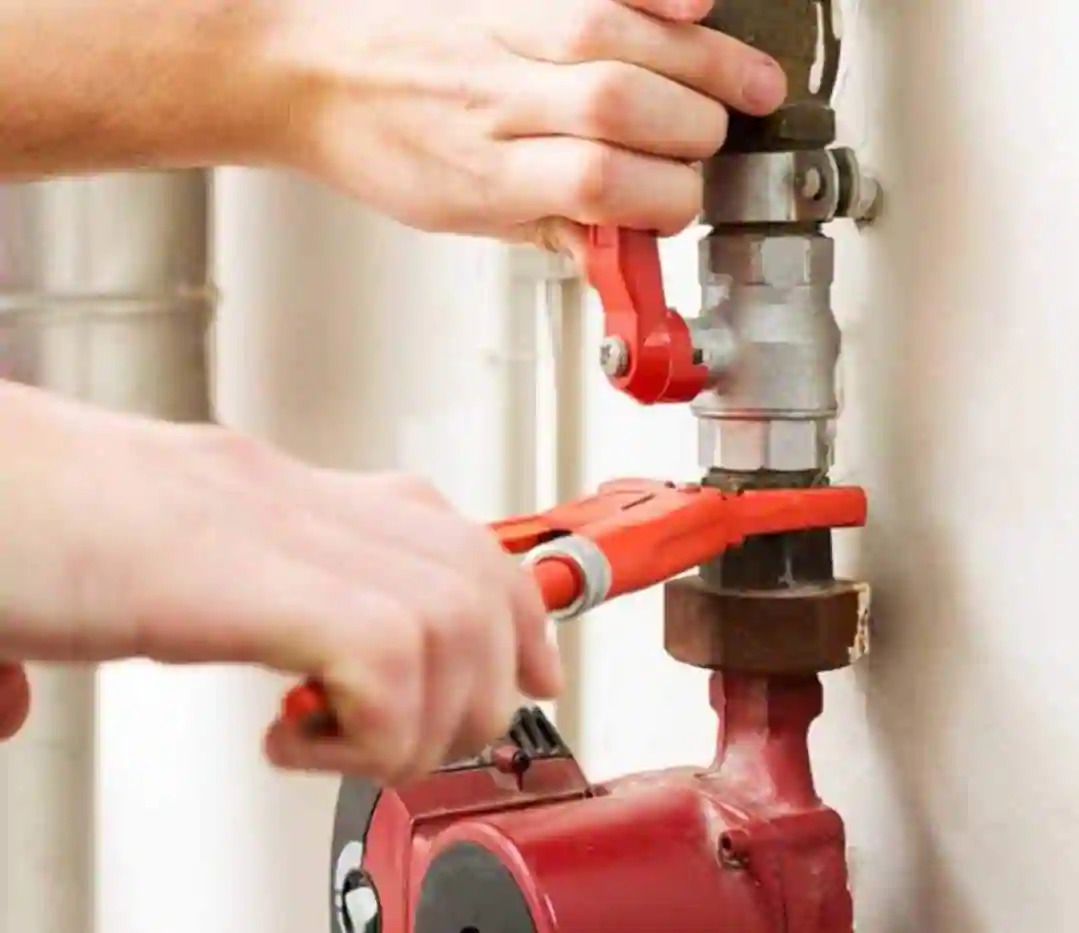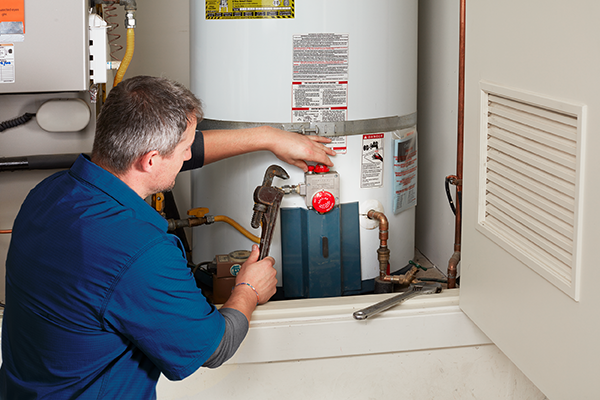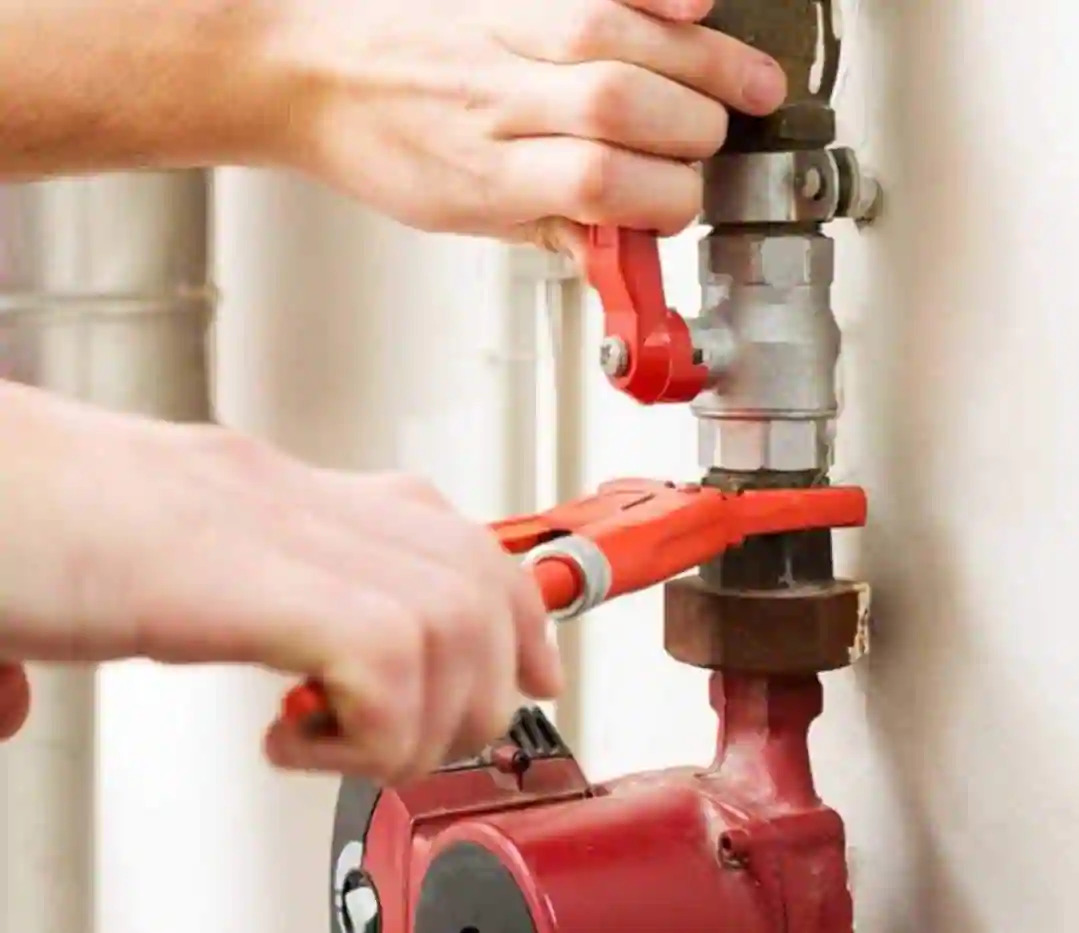Fixes for Slow-Draining Bathroom Sinks
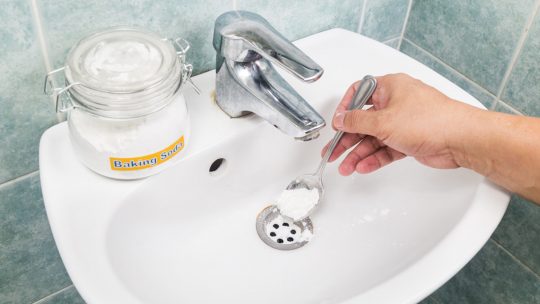
Slow draining bathroom sinks are one of the most common reasons why clients phone Ridgeway Mechanical and there are many reasons for this problem.
Reasons for a Slow-Draining Bathroom Sink
The popup can accumulate debris such as hair and small soap particles, and oils can collect inside the drainpipe walls. Over time, the build-up can reduce the amount of water the drain lets through. This is often unavoidable, and all you can really do is to maintain your drains with periodic cleaning. Here’s how:
Install a Sink Strainer
Preventing hair from entering your bathroom sink’s drain is one of the most effective ways to prevent clogs. First, clear out the drain and install the inexpensive and easy strainer tool – it’s a matter of simply placing it in there. It will catch the hair and any other debris, allowing you to pull it out, clean it and reinsert it.
Clean Out or Remove the Pop-Up
Depending on the shape of your pop-up, debris and buildup can collect in there. A good way to alleviate this issue is to remove the pop-up and clean it. Simply reach under the sink and remove the pop-up nut. You can then pull out the pop-up, clean it, and reinstall it.
Clean the Overflow
When the sink is filled with water, the overflow allows air into the drain. This air also helps to allow water to drain faster. However, debris also builds up in the overflow. If you’ve tried various tips to improve the speed of your sink’s drainage, you may want to look into cleaning the overflow.
Try Drain Cleaner
Instead of buying an expensive and harmful commercial drain cleaner, make your own drain cleaner at home. Why not commercial drain cleaners? Because most commercial cleaners contain harmful chemicals that cause corrosion. Make your own drain cleaner by pouring half a cup of bicarbonate of soda and half a cup of salt into the drain. Follow this with a cup full of vinegar and leave it to sit for a few minutes. You will notice bubbling and you may hear some gurgling sounds. This means it is working. After a while, pour hot water down the drain to rinse out the last bits of congealed fats or oils.
Use a Plunger
You can use a plunger on a slow sink drain, as it is not reserved solely for complete drain stoppages. With a little plunging, you can loosen any blockages and dislodge debris such as hair that has collected inside your pipes. Closing the overflow will help you achieve a more effective result. Use a piece of duct tape to cover the hole before you start plunging.
When you have a slow-draining bathroom sink that is not draining even after you have done all of the above, it could be for a more complex reason, such as collapsed drainpipes, or tree roots in the sewer. You should get in touch with Ridgeway Plumbing Atlanta to take care of the problem for you.

